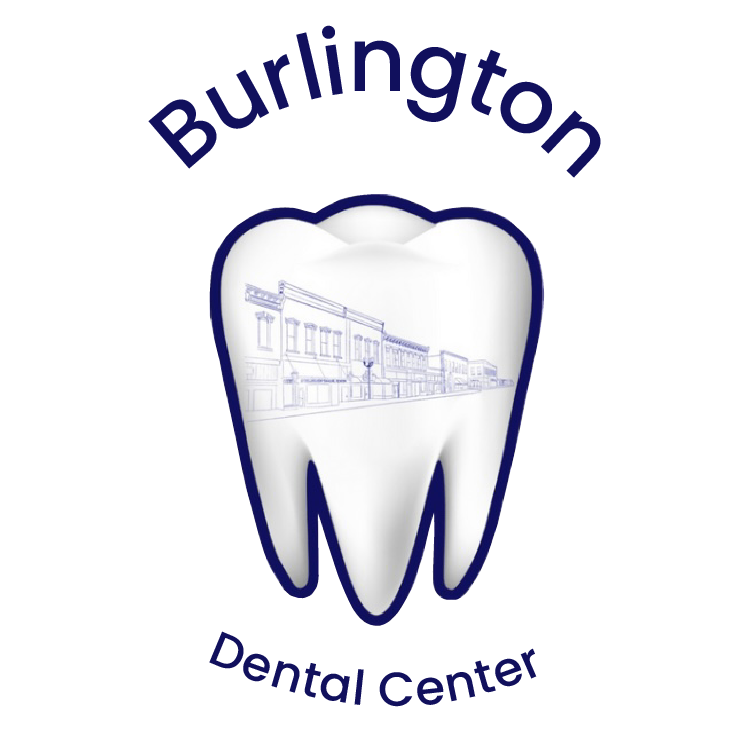
D2950 Dental Code [Meaning]
What is Dental Code D2950?
CDT code D2950 refers to the placement of a core buildup, including any pins when required. This procedure is typically used when a significant amount of tooth structure has been lost due to decay, fracture, or previous dental work, and there isn’t enough tooth left to securely attach a crown.
Core buildups are used to provide sufficient strength and stability to anchor a crown effectively.
When and Why is D2950 Used?
D2950 is utilized to restore a tooth’s structure so that it can support a restoration like a crown. This code is specifically used when the remaining tooth structure is insufficient to ensure the stability and retention of a crown on its own.
By building up the core of the tooth, dentists can create a stronger, more solid base for the crown, enhancing both the function and longevity of the dental restoration.
Comparison with Other Restorative Codes:
D2949 (Restorative foundation for an indirect restoration): This code is used for simpler preparatory treatments that require less extensive reconstruction compared to a core buildup. As an example, adding some flowable composite to fill a void or undercut in a crown preparation is considered D2949, not D2950. (Note that this code is generally not reimbursed by insurance plans).
D2951 (Pin retention per tooth, in addition to restoration): Applied when pins are needed to enhance retention within a restored tooth but not involving the extensive buildup of a core. The D2951 code should not be used in addition to the D2950 code — if a core buildup requires one or more pins, the pins are included within the D2950 code.
When Not To Use D2950 Code
When closing an endodontic access, the appropriate code is D2330 or D2391 — not D2950.
Additionaly, if a tooth can support a crown without an added core buildup, it is improper to bill the D2950 code.
D2950 in Relation to Retainer Crowns of Bridges
An important aspect to understand about the D2950 dental code is its applicability not only to individual crowns but also under the retainer crowns of dental bridges. This can be somewhat confusing since retainer crowns and individual crowns generally fall under different CDT codes when it comes to the crown itself.
However, for the purposes of core buildups, D2950 applies uniformly.
The D2950 code is used for the core buildup procedure regardless of whether the final restoration is a single crown or part of a bridge. The fundamental purpose of the core buildup—to create enough tooth structure to securely anchor a crown—remains consistent whether that crown is part of a bridge or a standalone restoration.
Procedure Steps Involved in a D2950 Code
The typical steps for a procedure coded with D2950 include:
Tooth Preparation: Removing any decayed or weakened tooth structure to prepare for the buildup.
Core Material Application: Placement of a dental composite or other suitable restorative material to build up the core of the tooth. Pins or posts may be inserted into the tooth to enhance the strength and retention of the core material. (These pins are included in the D2950 bill, so don’t try to also bill D2951 with a core buildup).
Curing and Shaping: The core material is then shaped to mimic the contours of a natural tooth and cured, often with a special light, to harden and secure it in place.
Final Preparation for Crown Placement: Additional shaping to ensure the buildup provides a proper fit for the crown.
Importance of Accurate Coding
Using the correct dental code, like D2950 for core buildups, is critical for several reasons:
Billing Accuracy: Ensures that patients are charged for the specific procedure performed.
Insurance Claims: Accurate coding is essential for insurance claims as it helps justify the need for further restorative procedures like crowns.
Handling Insurance Claims with D2950
Understanding and applying D2950 appropriately can significantly affect the approval of related treatments by insurance companies.
Insurance often covers core buildups when they are necessary for the retention of a crown; however, clear documentation of the tooth’s condition and the necessity for the buildup is crucial for claims acceptance.
Final Thoughts
The D2950 dental code is vital for accurately categorizing and billing for core buildups that are essential in preparing a tooth for further restoration.
Both dental professionals and patients benefit from an understanding of this code, which helps streamline insurance processes and clarify treatment plans. Accurate coding ensures that patients receive appropriate care and that dental practices can maintain efficient operations and high standards of patient service.
* Though the author of this post is a licensed dentist in the state of Kansas, this information is provided for informational and educational purposes only. Please use your best judgment and contact emergency medical services in the event of an emergency.
